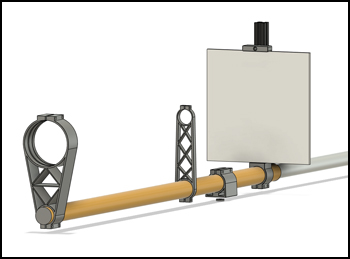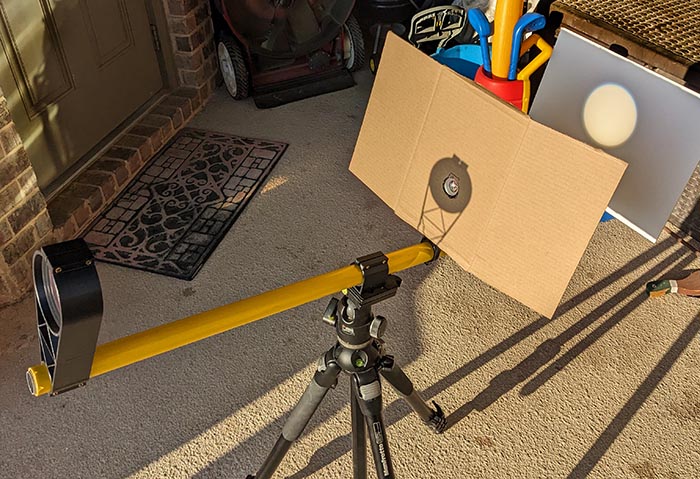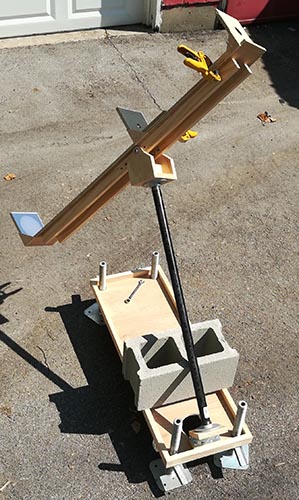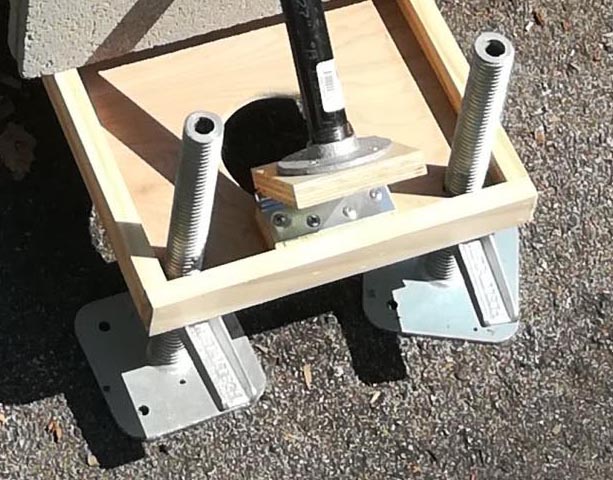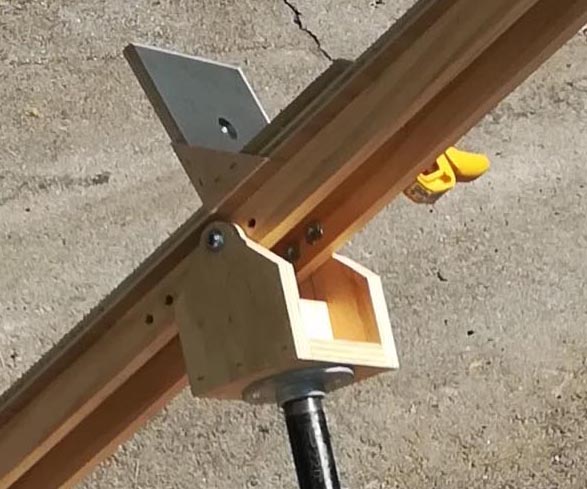| last updated 01/25/24 | |||||||||||
The SSV Community Web Page of Member's
Tips
|
|||||||||||
|
3-D Printed SSVs
|
|||||||||||
|
|||||||||||
|
A Polar Axis Mount for the SSV
|
|||||||||||
|
Many SSV Community members are
satisfied to lean the viewer against a rigid object for
support and aiming Children seem to enjoy the task of
keeping a viewer mounted in this way always aimed to
keep the Sun in view; however, some among us who are
accustomed to tracking celestial objects using an
equatorial mount, desire to have their SSV work in a
similar fashion.
More items will be added as they are sent to us. |
|||||||||||
|
|
|||||||||||
|
|
|||||||||||
| |
|||||||||||
